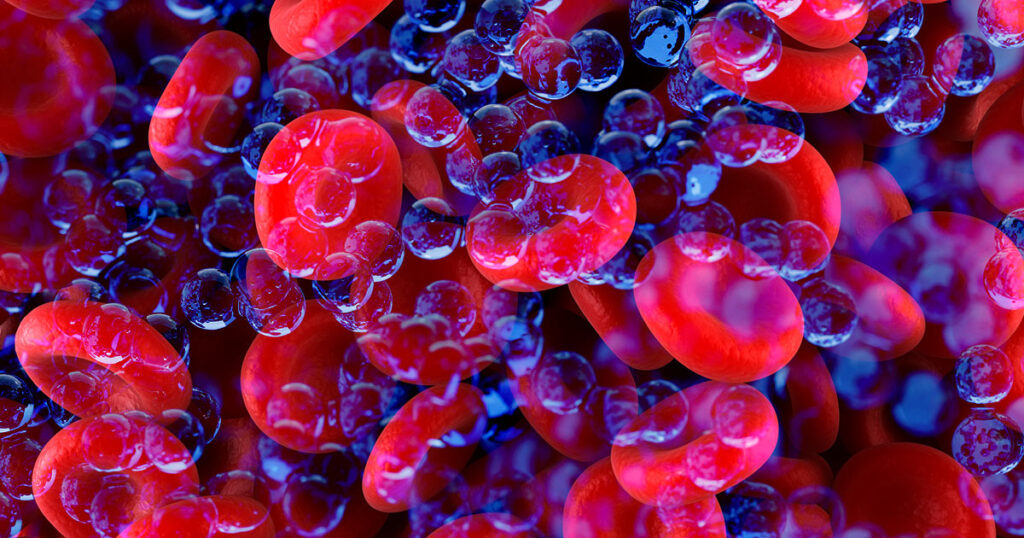Symptoms such as a cold, sore throat or fever could be helped by the same remedies that I normally rely on for a flu-like infection?
General practitioner Martin Scherer is familiar with such question and the fears of people who contract Corona. The most important tip in isolation at home is to remain calm, says the general practitioner.
Mild progression and warning signs
Scherer offers the following guide for assessing symptoms: “A mild course should feel like a cold. Anything above that, so if you feel really sick: that’s when you should consult your primary care physician.”
Alternatively, one can call, for example, the medical emergency service – which is also available at night, you get advice by phone and in case of need a doctor comes by.
Scherer cites a feeling of total exhaustion, high fever, persistent cough and shortness of breath as possible warning signs that should be clarified. An increased respiratory rate without shortness of breath can also be a possible alarm signal. A normal respiratory rate in healthy adults is around 12-16 breaths per minute.
What remedies help
But what helps against mild symptoms? In fact, home remedies for runny nose, scratchy throat or fatigue are not Corona-specific, says Scherer.
Active ingredients such as ibuprofen or paracetamol help against fever and pain. Here, it is not Corona that determines the choice, but whether one has certain allergies or pre-existing conditions. “Those who have a sick kidney, for example, should rather reach for paracetamol,” says Scherer.
If the nose is blocked, the expert advises the classic nasal spray. If you have a scratchy throat, you can use lozenges. There is also nothing to be said against inhaling Corona, although Scherer generally does not actively recommend it. However, this only has to do with the fact that he considers other methods, such as the nasal spray, to be more effective in loosening mucus. But for those who feel good about it, inhaling is fine.
The same goes for a tub bath. “For those who like to bathe, that can be pleasant.” Otherwise, the same applies as with flu infections, for example: Rest and drink plenty of fluids.
Recovery and the time after
But when is one over it? “If I’ve been home for seven or eight days, the symptoms have subsided and a rapid test is negative, I can assume I’m through,” says Scherer.
After recovery, there can be uncertainty about when and how much you can exert yourself again. If the test is negative and you feel fit again, you can slowly start doing sports again, says the doctor.
source: k.at/picture: Image by OpenClipart-Vectors from Pixabay
This post has already been read 1162 times!



